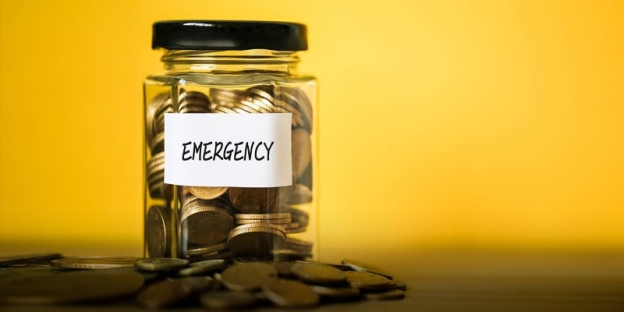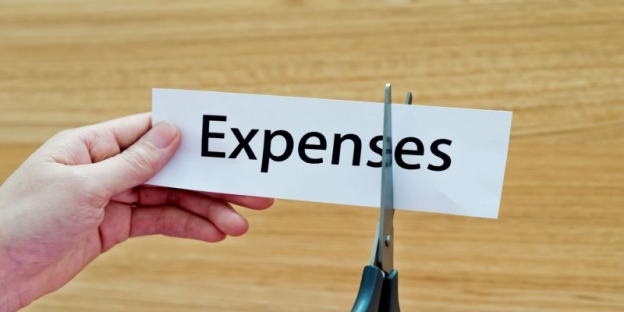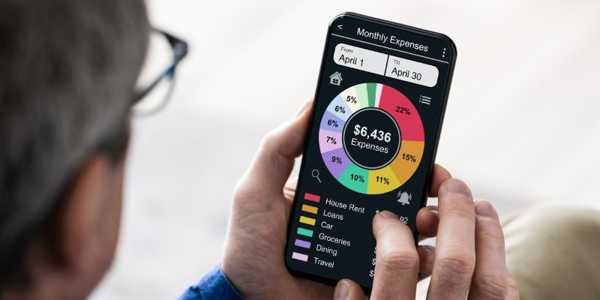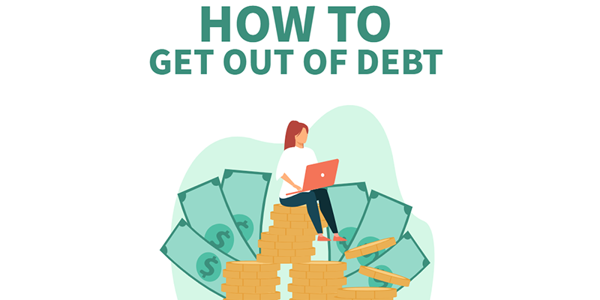How Can You Build An Emergency Fund From Scratch
Have you ever faced an unexpected car repair, medical bill, or sudden job loss and had no idea how to cover the costs? Life has a way of throwing surprises our way, and without a financial cushion, even minor setbacks can feel overwhelming.
That’s where an emergency fund comes in. It’s not just another buzzword from the world of personal finance. It’s your financial safety net, your “just-in-case” fund. This guide will walk you through practical, no-fluff strategies to grow your emergency savings from zero.
Why Do You Need An Emergency Fund In The First Place?
Before diving into the "how," let's briefly talk about the "why." An emergency fund gives you Breathing room. It helps you cover unexpected expenses without going into debt, pulling from your rent money, or maxing out your credit card. This isn't about saving thousands overnight—it's about building control over your money, one step at a time. Surprises are a part of life, but Stress about how to pay for them doesn't have to be.

How Much Should You Aim For?
You’ve probably heard the “three to six months of expenses” rule. That’s a good long-term goal—but it’s also intimidating if you’re starting from scratch.
Instead, aim for a small win first. Start with a mini emergency fund of $500 to $1,000. This smaller goal is more straightforward to reach and still sufficient to handle most minor emergencies, such as a car repair, a vet bill, or replacing a broken phone.
Once you hit that milestone, keep building toward a larger cushion. But that initial amount? It's your first line of defence—and it's doable.
Where Should You Keep Your Emergency Fund?
The best spot for your emergency fund is somewhere that’s easy to access but not tempting to dip into.
A separate high-yield savings account is a popular choice. It's out of sight from your regular checking account, but you can still transfer the money quickly if needed. Avoid keeping your emergency fund in cash or an investment account—it should be safe, stable, and accessible, not something you risk or forget.
How To Build An Emergency Fund?
Step 1: Know Where Your Money Goes
Before you can start saving, you need to get a grip on your current spending. This doesn’t have to be complicated.
Track your expenses for a month. Review your bank statements or use a banking app to check your account balance. Identify where your money goes, not where you think it goes.
Most people are surprised by how much disappears into impulse buys, takeout, or unused subscriptions. Even minor tweaks to daily habits can free up money you didn't realise you had.
Step 2: Set A Realistic Weekly Saving Goal
Saving $1,000 may seem huge until you break it into chunks.
You decide to save $25 a week. That's $100 a month. In ten months, you'll have a solid starter emergency fund. Can you increase that to $40 a week? You'll get there even faster.
Small, consistent action beats a significant, one-time effort. Pick an amount that won't stretch you thin, and automate it if possible.
Step 3: Cut Back Without Feeling Miserable
No one wants to live on beans and rice to save money. And the good news is—you don’t have to.

Consider temporary trade-offs that don't feel like a punishment. Could you cook at home two more nights a week? Cancel that auto-renewed subscription you forgot about? Switch from a premium streaming service to a cheaper one for a few months?
These minor shifts can add up quickly. And once your emergency fund starts growing, the momentum will motivate you to keep going.
Step 4: Make Extra Money If You Can
Sometimes cutting expenses isn't enough, especially if your income is tight. That's where small side gigs or quick cash strategies come in handy.
Sell things you no longer use—clothes, books, electronics. Offer freelance work or pick up a few weekend shifts. The key is to funnel that money straight into your emergency fund before you’re tempted to spend it.
Even a $100 windfall can put you miles ahead of where you were yesterday.
Step 5: Build The Habit, Not Just The Balance
The real power of an emergency fund lies in the habit of saving, not just the amount.
Once you've established the habit of setting aside money regularly, increasing the amount becomes easier over time. Even when your financial situation improves, the habit sticks—and that's what turns short-term wins into long-term security.
Think of it as teaching your brain to treat savings like any other bill you pay.
What If You Face An Emergency Before Your Fund Is Ready?
It happens. Your car breaks down or you receive a surprise medical bill, and you haven't yet reached your $500 goal.
If you can’t cover it with savings, try these in order:
1.Pause non-essential spending immediately.
2.Negotiate or ask for payment plans. Many providers are willing to help if you ask.
3.Use a small part of a credit card only if necessary, and plan to pay it off fast.
4.Look for community help or employer programs. Some workplaces offer hardship assistance that you may not be aware of.
Just remember, the goal isn’t perfection—it’s progress.
Keep Building, Even When Things Feel Tight
There will be months when saving feels impossible—and that's okay. You don't have to be perfect. You have to stay consistent. Pause when you need to. Restart when you can. Every bit adds up. Remember: Building an emergency fund from scratch isn't just about dollars—it's about mindset. And now you've got a roadmap to start. So, are you ready to take that first step today?







